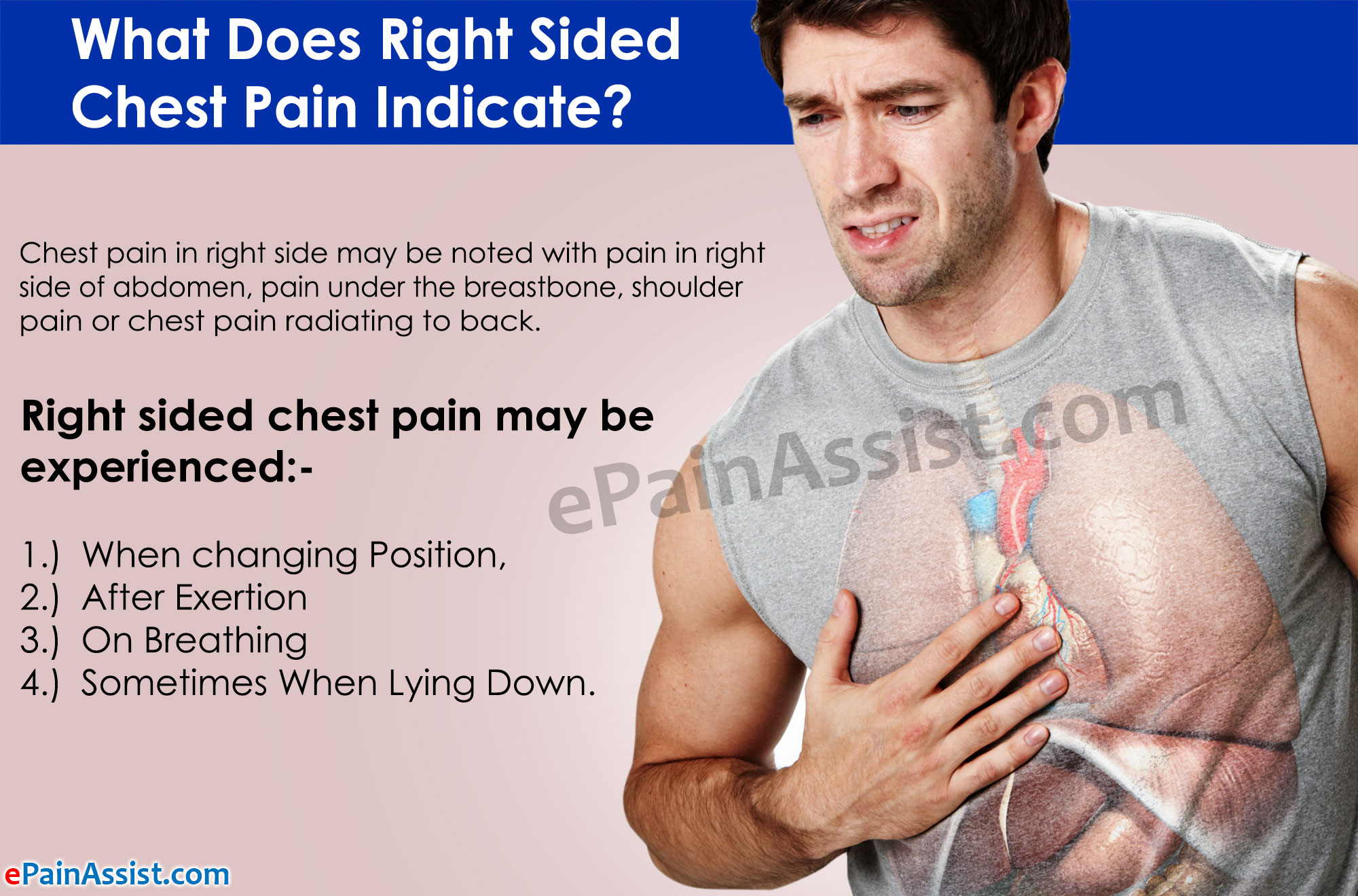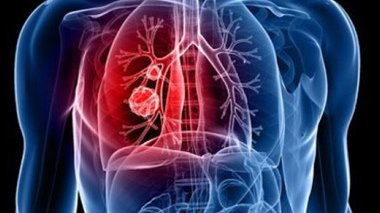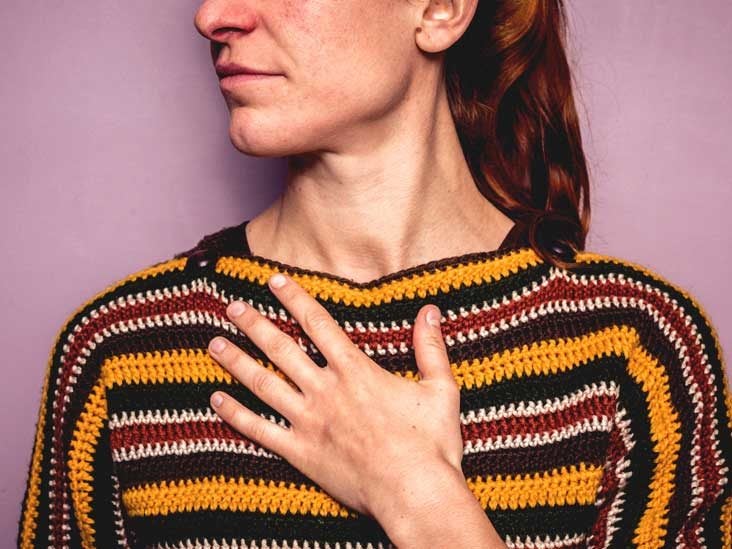

The gallbladder and liver are two organs of the abdominal cavity that are located on the right side of the body. Anti-inflammatory medication may also help with swelling. However, stretching exercises and applying ice to the affected area for 15 to 20 minutes, three to four times a day, can decrease inflammation and relieve discomfort. What to do: Costochondritis is a temporary problem that tends to improve after a few days without any specific treatment.

Costochondritis causes sensitivity in the mid-chest area, and pain usually worsens when you cough or take a deep breath. This condition happens when the cartilage that connects the sternum to the ribs becomes inflamed due to strong pressure changes, intense coughing, or even bad posture.

Typically pain is felt in the middle of the chest, but it can radiate to the right or left side. If the discomfort does not improve with diet changes, a consult with a gastroenterologist is recommended to start adequate treatment.Ĭostochondritis is a less common problem but it can cause intense chest pain. However, there are cases where medication to block stomach acid may be necessary. What to do: Depending on the severity, reflux symptoms can be relieved through simple diet changes, such as avoiding large meals and avoiding fatty and spicy foods. Gastroesophageal reflux disease (GERD) is generally accompanied by other symptoms such as a frequent need to burp, a bitter taste in the mouth, feeling like there’s a lump in the throat, and a dry cough. This discomfort can sometimes be painful, and can be felt in the general chest area or on the right side. Acid reflux (or GERD)Īcid reflux, also known as heartburn, is a common condition that occurs when stomach acid travels up the esophagus, causing a burning sensation (particularly after eating). If the pain does not improve within three days, assessment by a general physician or a physiotherapist is recommended, as more specific treatment may be needed. Also, you can do a light massage over the affected region with an anti-inflammatory cream. What to do: Applying ice to the affected region for 15 to 20 minutes, three to four times a day, will help with pain relief. Other symptoms of strained chest muscles include increased pain with palpation, slight swelling, and difficulty moving your arms. Using strong force in the chest region can cause temporary damage to muscle fibers, and although this may not cause pain immediately, it may become painful after a few days. exercising at the gym), or unintentional (e.g. These activities can be intentional (e.g. Muscle strainĪ strained muscle is another common cause of right-sided chest pain and it usually happens one or two days after performing any activity that uses the chest muscles more intensively. If the chest pain is still strong or if you suspect a heart attack, call an ambulance or go to the hospital immediately.

It might help to go somewhere quiet and drink a cup of valerian or chamomile tea. What to do: The best way to alleviate discomfort caused by a panic attack is to try to calm down by regulating your breathing relaxing any tense muscles. Unlike a heart attack, a panic attack is more common after a very stressful situation and the chest pain tends to disappear within a few minutes. Usually the pain is felt more in the middle of the chest with a panic attack, but many times it can radiate to the right side of the body.Īlong with chest pain, other symptoms that can emerge are shallow breathing, breathlessness, tingling in the hands and feet, and sweating. Stress and anxietyĮxcess stress and anxiety are two conditions that can lead to a panic attack, and they can cause very similar symptoms to a heart attack, like sudden chest pain. The most common causes of right-sided chest pain include: 1.


 0 kommentar(er)
0 kommentar(er)
